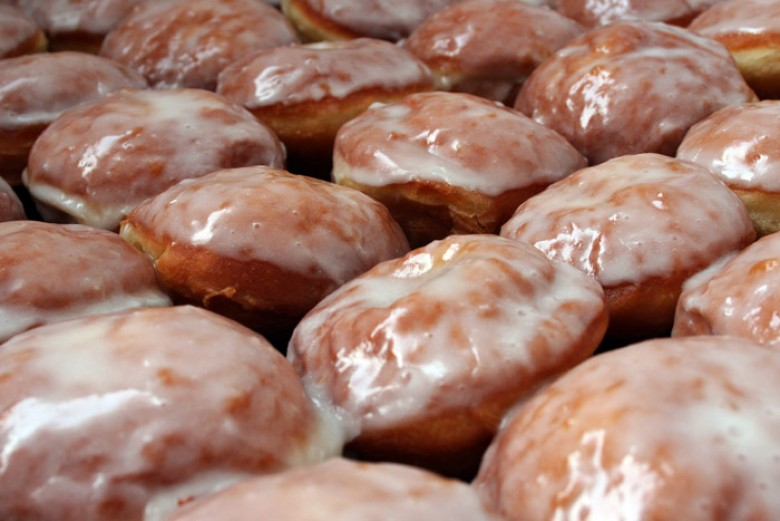It's Mardi Gras!
French for "Fat Tuesday," this celebration of excess also known as Carnival, takes place around the world on the day before Ash Wednesday, the start of Lent - that's Tuesday, February 9 this year. It's a sort of last hurrah before the 40 days of fasting and fish fry Fridays sandwiched between Ash Wednesday and Easter Sunday.
But why wait until Fat Tuesday when there is Fat Thursday to enjoy? Fat Thursday Polish Happy Hour at the Airport Millenium starts the paczkis rolling on February 4. Both Fat Thursday and Fat Tuesday are known as Paczki Day, named after the sweet, deep fried, jam-filled, doughnut-like pastries that Poles have been preparing since the Middle Ages. In Buffalo, the best place buy these caloric little morsels is at any of the bakeries at the Broadway Market (Chrusciki's, Mazurek's and the White Eagle). Get your paczki on!
The origins of these Lenten festivities actually predate the Catholic Church, going back to the riotous Roman festivals of Saturnalia and Lupercalia. Christian religious leaders simply incorporated these pagan traditions into the new faith, making the excess and debauchery a prelude to Lent, a season of fasting. As Christianity spread, so did Carnival, thought to come from the Latin "carne vale" meaning "farewell to meat."
Pope Gregory the Great (590–604) started Lent by declaring that fasting would start on Ash Wednesday. Mardi Gras finally became an official holiday in 1582 when a different Pope Gregory (XIII) put it on his Gregorian calendar on the day before Ash Wednesday. The first American Mardi Gras is believed to have taken place on March 3, 1699, when the French explorers Iberville and Bienville landed just south of what would become New Orleans. They dubbed the spot Point du Mardi Gras.
Masks and costumes became a way to escape class constraints and social demands during Mardi Gras, allowing the wearers to mingle with people of all different classes, be whoever they wanted for a few days, and make fun of the ruling class. The colors of the beads were determined by Rex, the king of the first daytime Carnival, reputed to be Grand Duke Alexis of Russia, in 1872: purple for justice, gold for power and green for faith. Beads were tossed (carefully, since they were made of glass) to the person who embodied the color’s significance.
Pre-Lenten festivals take place in most countries with lots of Catholics. Brazil’s weeklong Carnival is a vibrant mixture of European, African and native traditions. Quebec City hosts the gigantic Quebec Winter Carnival. Venice’s Carnevale started in the 13th century with masquerade balls. The German celebration involves parades, costume balls and women cutting off men’s ties. During Fastevlan in Denmark, children dress up and collect candy in a very Halloween-like manner. Trinidad celebrates "J'Ouvert", and in Mexico it's called "Martes de Carnaval."
But Fat Thursday is also pretty widespread. In Germany it's "Fetter Donnerstag" or "Weiberfastnacht." In Hungary it's torkos csütörtök. In Spain it's called "Jueves Lardero." Even as far afield as Greece, grills are set up in public squares for Tsiknopempti which literally means "Thursday of the Smoke of Grilled Meat." There is some speculation that you really have to start cooking and baking on Thursday to have a proper party on the following Tuesday, and that the whole business is a great way to use up all the food you're not allowed to eat during Lent.
But Poland has provided Mardi Gras with one of the most popular treats worldwide: paczki. And you can certainly find plenty of authentic paczki in Buffalo!

